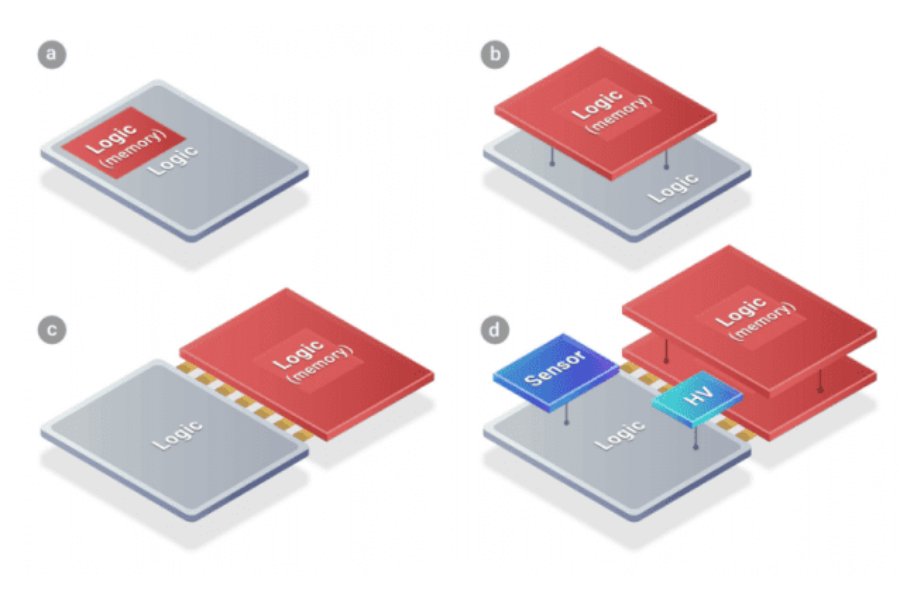Samsung Electronics is reportedly considering applying 3D chiplet technology to its Exynos mobile application processors (APs).
A company official familiar with the matter said that Samsung is “internally considering applying 3D chiplets to Exynos,” adding that “the company believes there are significant benefits to be gained from this technology.”

Samsung eyes 3D chiplets to boost Exynos mobile APs
Chiplets are a next-generation packaging technology that involves manufacturing semiconductors with different functions and connecting them (vertically) into a single chip.

This approach offers several advantages over the traditional monolithic method. One of the key benefits of chiplets is that they can improve yield. If a problem occurs in a particular circuit on a monolithic chip, the entire chip must be discarded. However, with chiplets, only the affected component needs to be replaced.
Chiplets can also make the design process more efficient. If a change needs to be made to a particular circuit on a monolithic chip, the entire design must be redone. With chiplets, only the specific circuit that needs to be changed needs to be redesigned.
The move to chiplets comes as Samsung faces increasing competition in the mobile AP market. Qualcomm currently holds the largest market share, followed by Apple and MediaTek. Samsung’s own Exynos APs have struggled to gain traction, and the company was forced to use Qualcomm’s Snapdragon 8 Gen 2 chip in its flagship Galaxy S23 smartphone series.

3D chiplets could be a key differentiator for Samsung’s Exynos APs. By vertically stacking chips, 3D packaging can reduce overall package size and increase bandwidth and power efficiency. This could make Exynos APs more competitive with Qualcomm and Apple offerings.
Samsung is not alone in exploring chiplet technology. NVIDIA, AMD, and Intel are also incorporating chiplets into the development of system semiconductors for high-performance computing (HPC).
Related:
- Samsung Galaxy A25 5G leaks in full detail ahead of launch
- Samsung Galaxy M44 (Galaxy Jump 3) launched in South Korea with Snapdragon 888
- OnePlus Watch 2 renders & specs leak, and there is some disappointing news
- CMF Watch Pro, Buds Pro & 65W GaN charger now available in 15 more regions
(Via)







